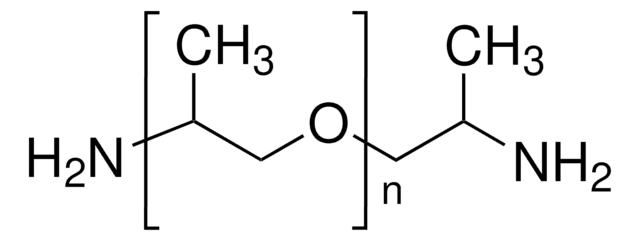PHR1216
Dibutyl sebacate
Pharmaceutical Secondary Standard; Certified Reference Material
Sinónimos:
Decanedioic acid dibutyl ester, Sebacic acid dibutyl ester
About This Item
Productos recomendados
grado
certified reference material
pharmaceutical secondary standard
Nivel de calidad
Agency
traceable to USP 1187091
familia API
dibutyl sebacate
CofA
current certificate can be downloaded
técnicas
HPLC: suitable
gas chromatography (GC): suitable
índice de refracción
n20/D 1.441 (lit.)
bp
178-179 °C/3 mmHg (lit.)
densidad
0.936 g/mL at 25 °C (lit.)
aplicaciones
pharmaceutical (small molecule)
Formato
neat
temp. de almacenamiento
2-30°C
cadena SMILES
CCCCOC(=O)CCCCCCCCC(=O)OCCCC
InChI
1S/C18H34O4/c1-3-5-15-21-17(19)13-11-9-7-8-10-12-14-18(20)22-16-6-4-2/h3-16H2,1-2H3
Clave InChI
PYGXAGIECVVIOZ-UHFFFAOYSA-N
¿Está buscando productos similares? Visita Guía de comparación de productos
Descripción general
Aplicación
Nota de análisis
Otras notas
Nota al pie de página
Productos recomendados
Código de clase de almacenamiento
10 - Combustible liquids
Clase de riesgo para el agua (WGK)
WGK 1
Punto de inflamabilidad (°F)
366.8 °F - open cup
Punto de inflamabilidad (°C)
186 °C - open cup
Certificados de análisis (COA)
Busque Certificados de análisis (COA) introduciendo el número de lote del producto. Los números de lote se encuentran en la etiqueta del producto después de las palabras «Lot» o «Batch»
¿Ya tiene este producto?
Encuentre la documentación para los productos que ha comprado recientemente en la Biblioteca de documentos.
Nuestro equipo de científicos tiene experiencia en todas las áreas de investigación: Ciencias de la vida, Ciencia de los materiales, Síntesis química, Cromatografía, Analítica y muchas otras.
Póngase en contacto con el Servicio técnico




